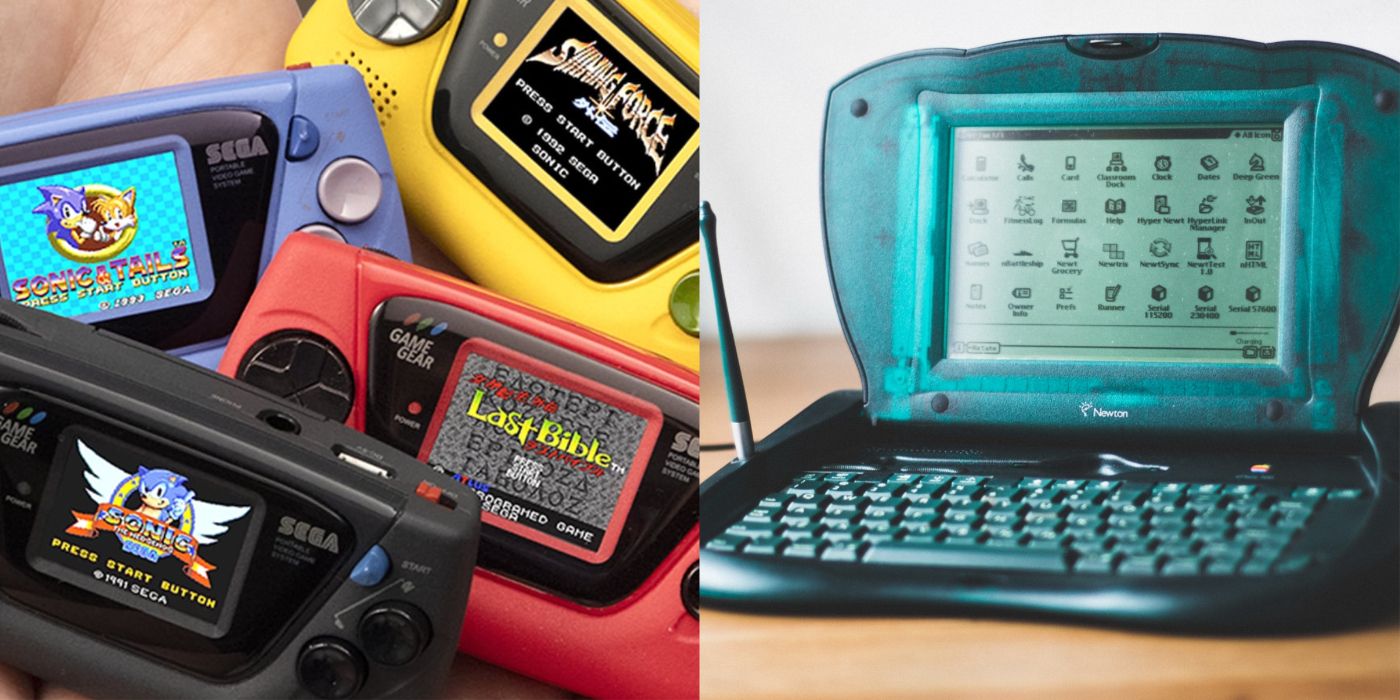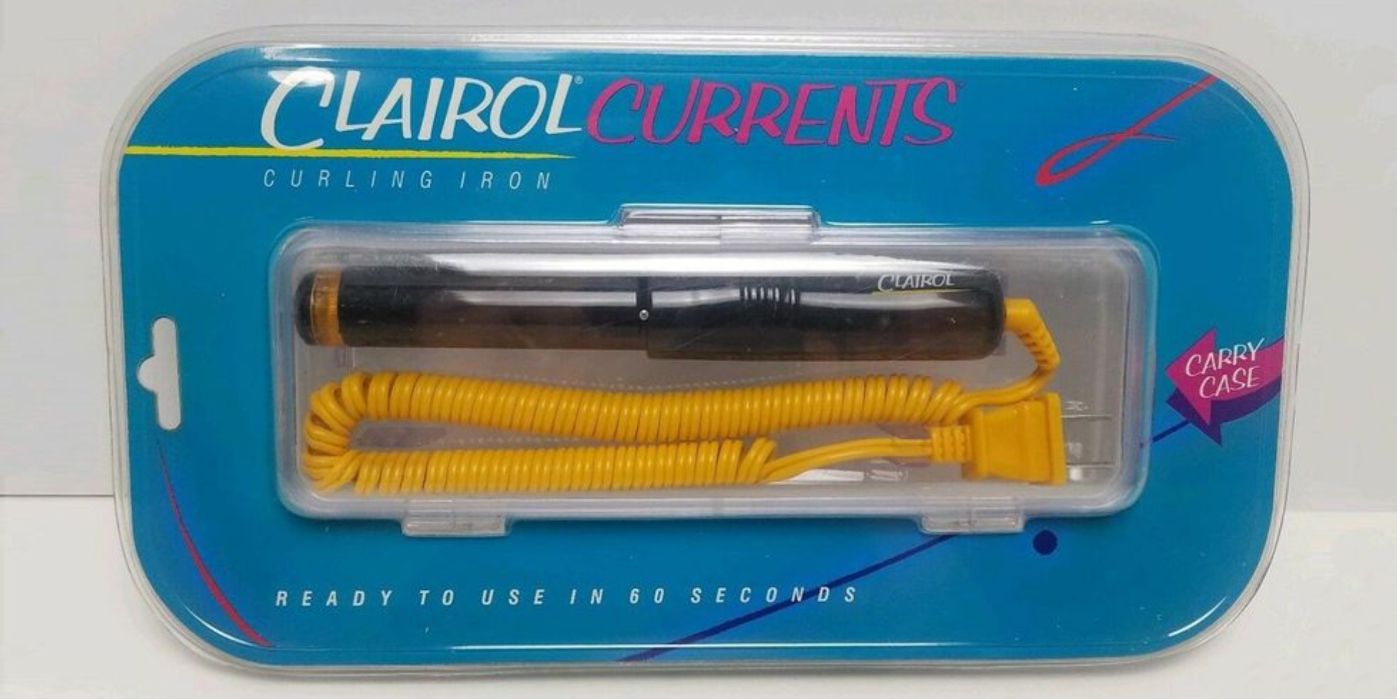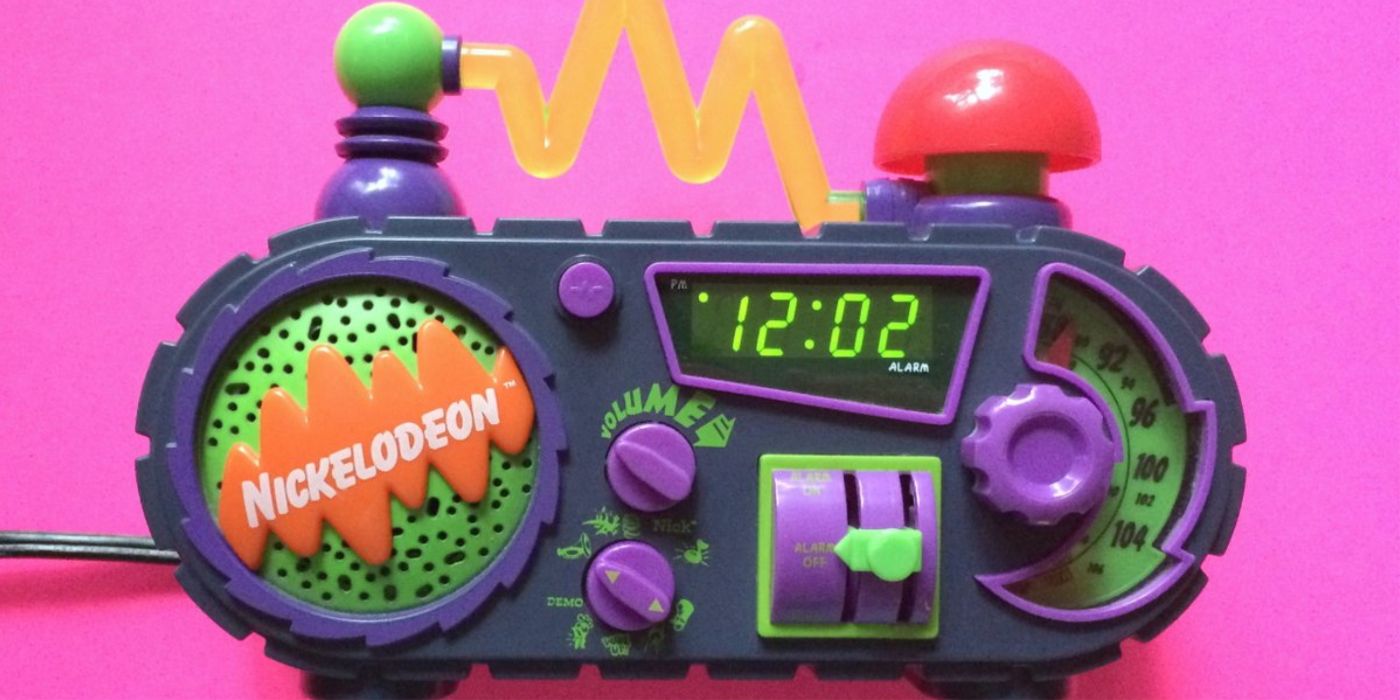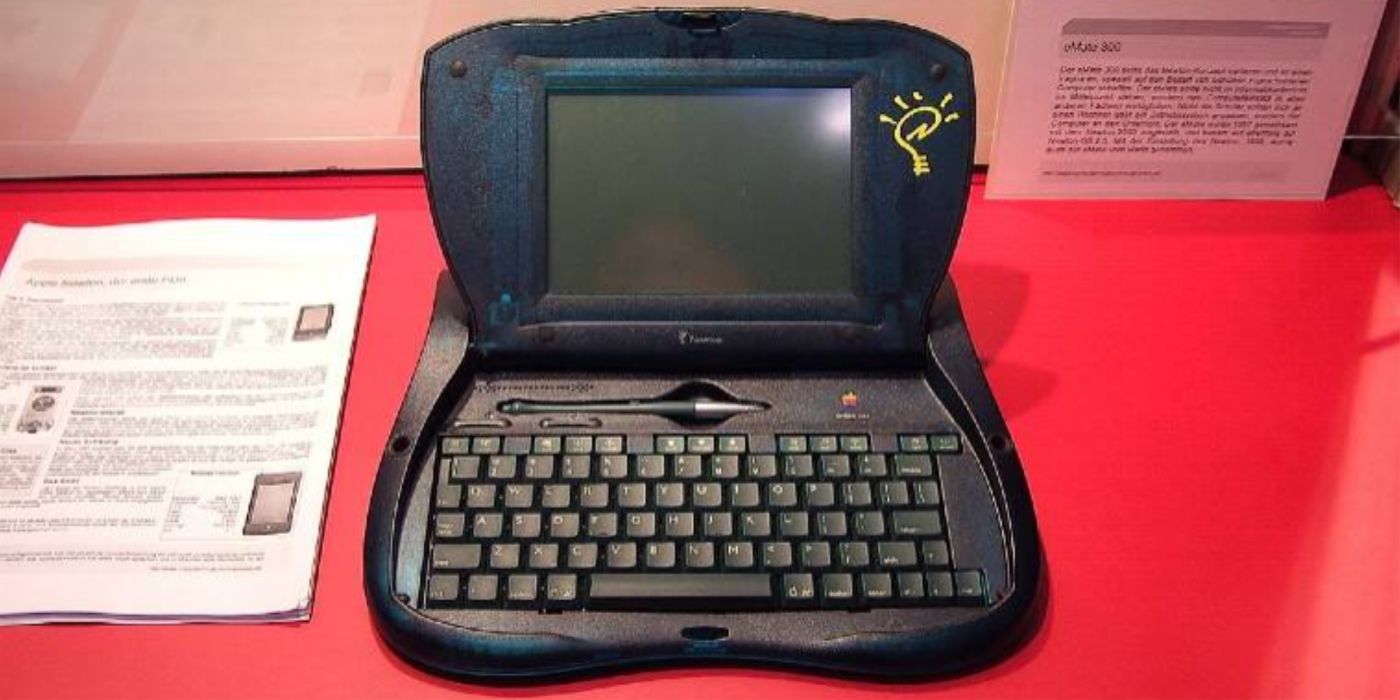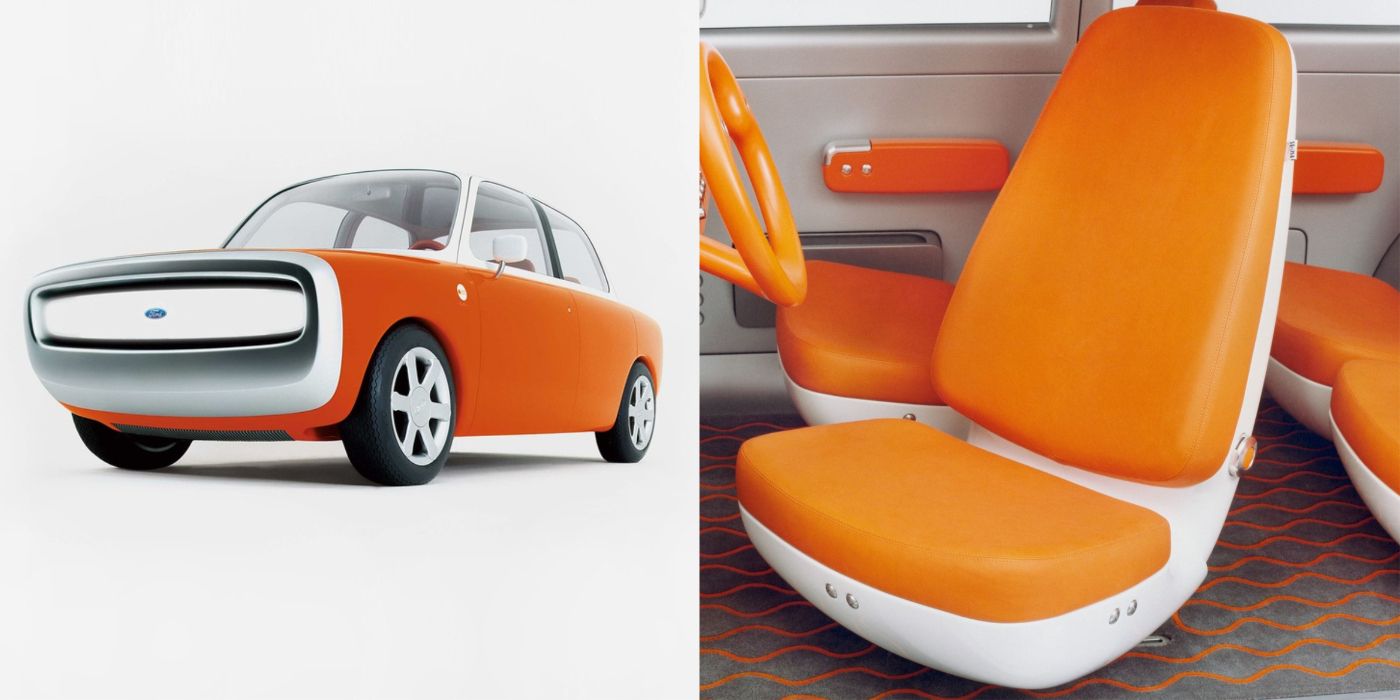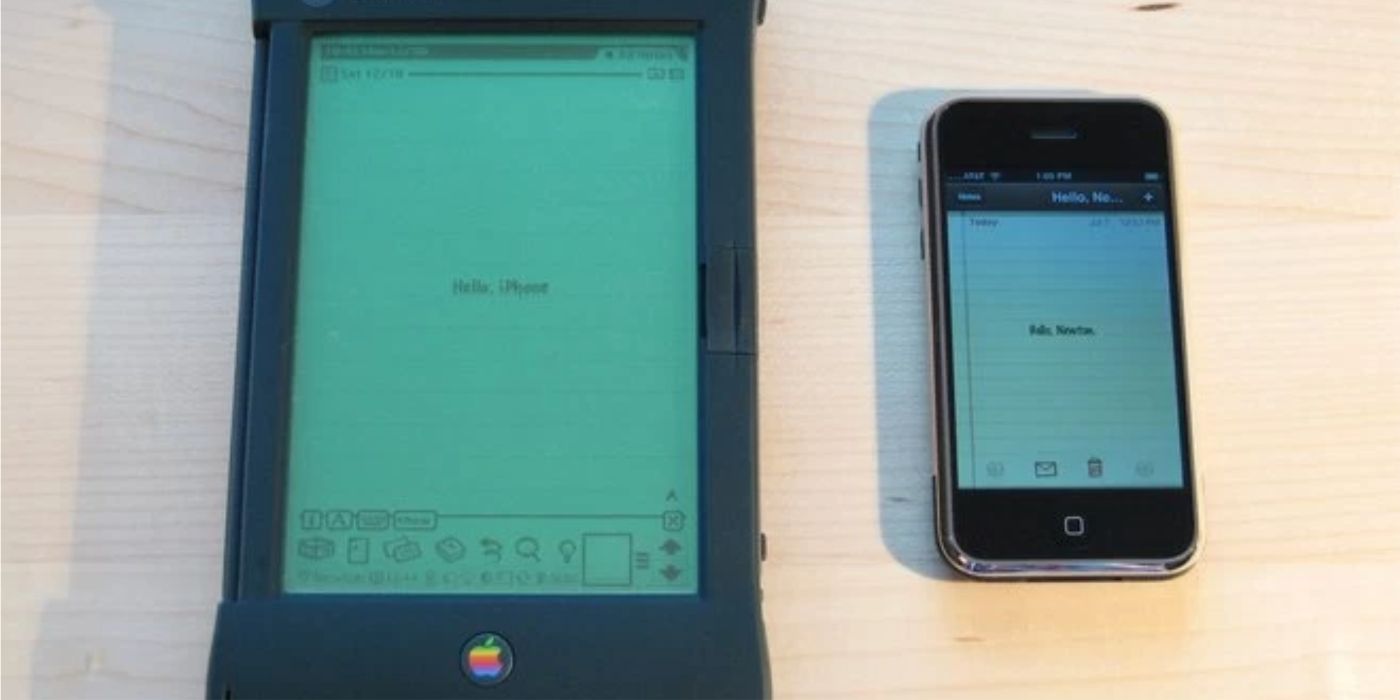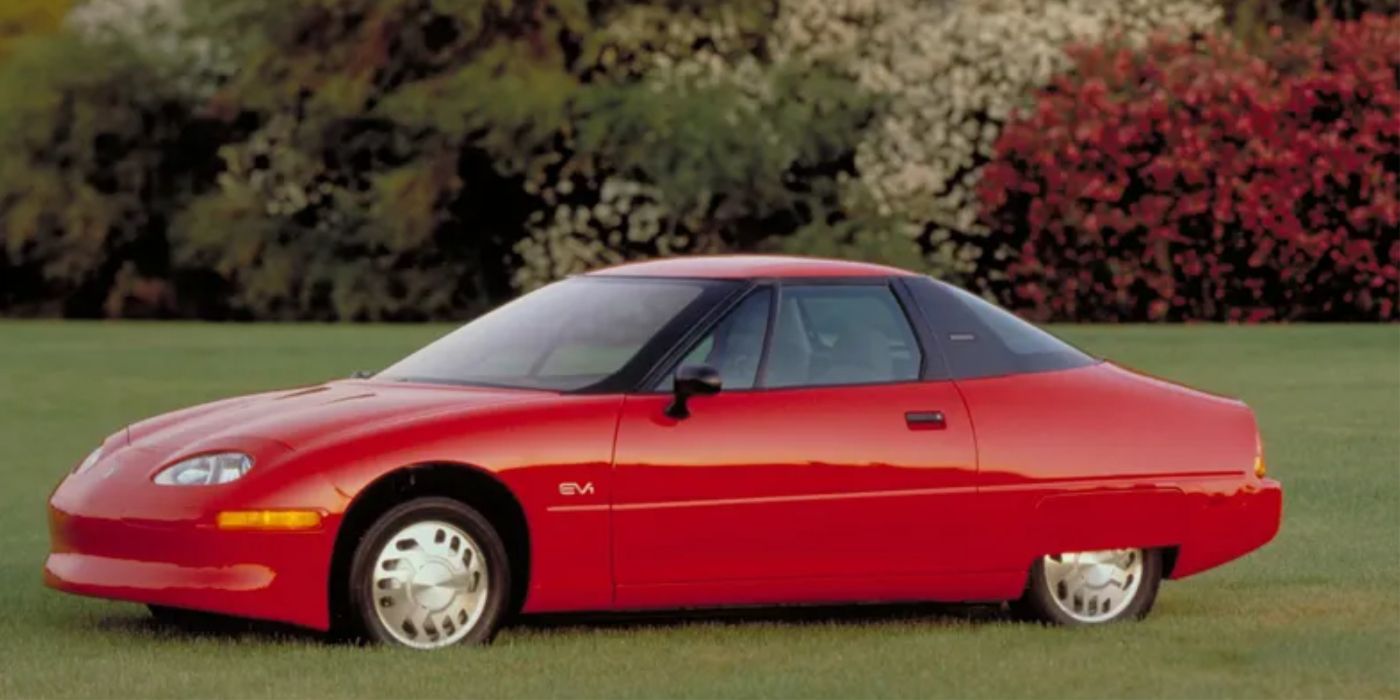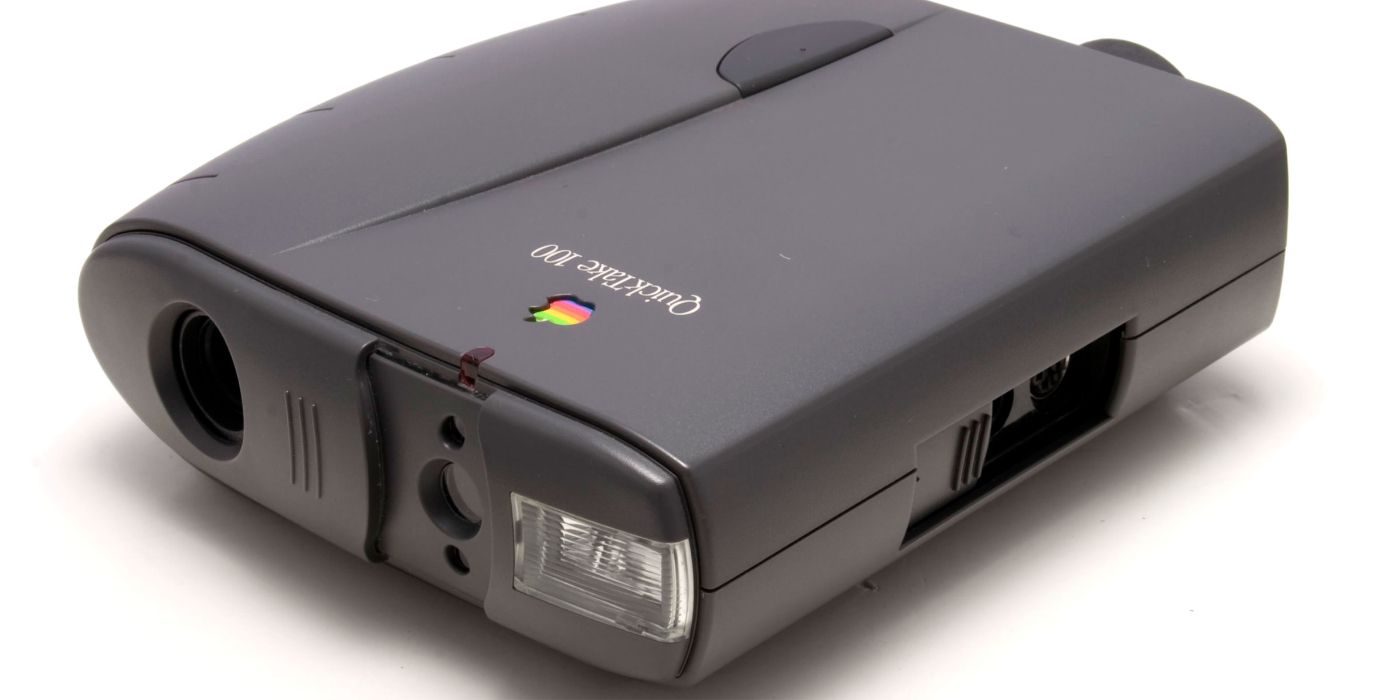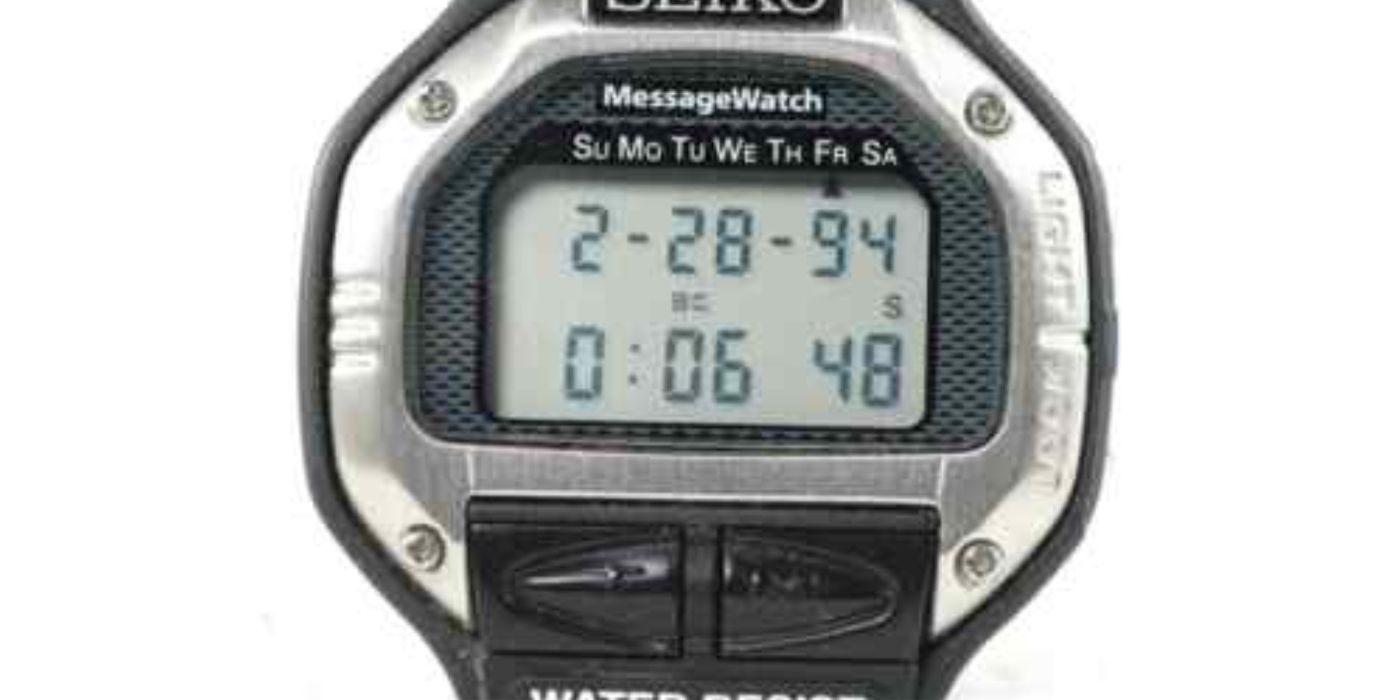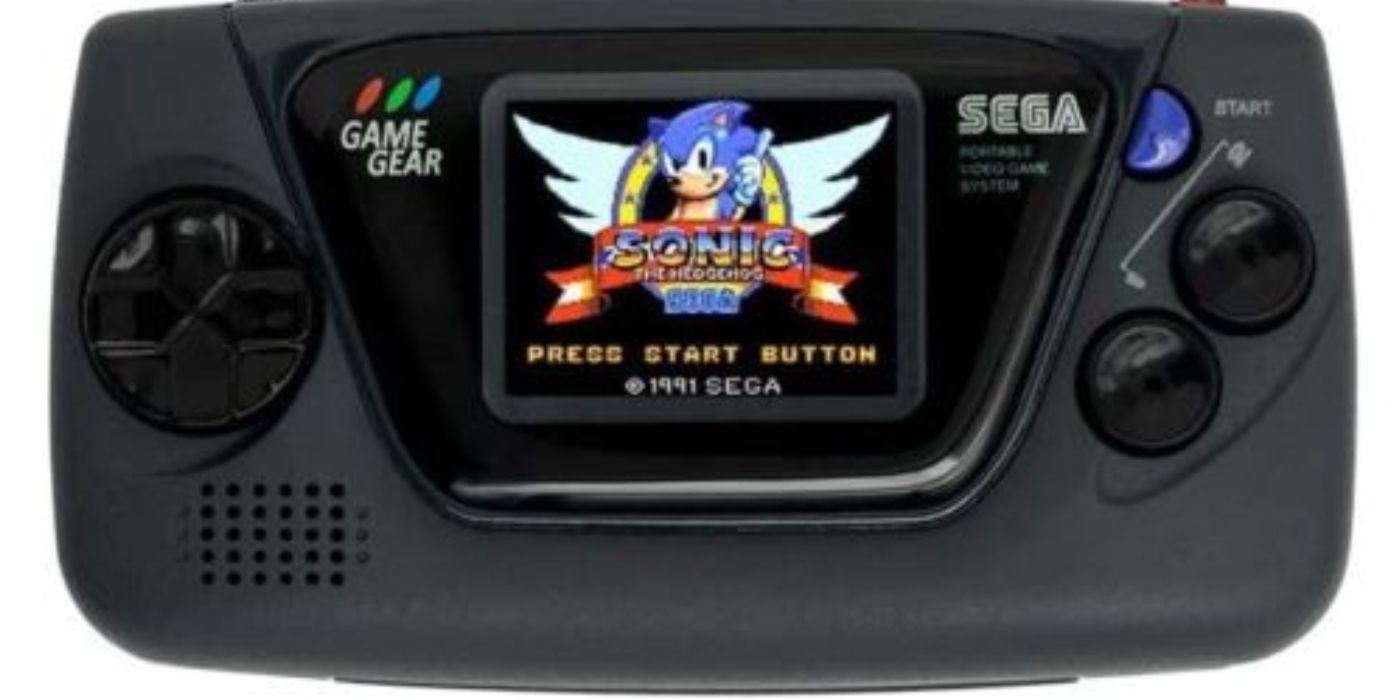90s nostalgia is still going strong as many reminisce about the fads and devices of the decade. Nintendo 64, Tamagotchi, and the addictive Beanie Baby are just a few of the things that come to mind when the 90s are brought into question.
While the icon status of those items is firmly in place in pop culture, there are some items that never reached those heights, even if the quality and positive attributes were there. It can be hard to ascertain why some things gain popularity and become emblematic of a decade while other things of the same or greater quality fade into the background or worse yet, get completely discontinued.
Clairol Currents Curling Iron
While curling irons are a dime a dozen, this 90s hair styling gadget from Clairol was different from the pack due to its incredibly compact size. The Clairol Currents Curling Iron was about the size of a hand, making it perfect for frequent travelers.
Even for those who wanted to touch up their hair at the office (which is probably not advisable), the Clairol Currents Curling Iron could fit in one's purse, or if someone was really playing to the fashion trends of the 90s, their fanny pack. This pint-sized hair curler had the potential to be in every household, however, for whatever reason, it never became that popular.
Nickelodeon Timeblaster Alarm Clock
Released in 1995, the Nickelodeon Timeblaster Alarm Clock looked straight out of a slime-riddled Nickelodeon show, a treat for any kid of the 90s.
This Nickelodeon-branded alarm clock was actually somewhat ahead of its time with features like light functionality and customizable pre-set alarm sounds from the Nick channel like the Nickelodeon theme song. Alas, the Nickelodeon Timeblaster Alarm Clock went out of fashion much like how the classic Nicktoon shows have left the airwaves.
Apple eMate 300
Introduced in 1997, the Apple eMate 300 was a personal digital assistant (PDA) that was intended, manufactured, and sold to the education market as a cheaper laptop for schools. The eMate 300 ran the Newton operating system and had a built-in keyboard. The features of the laptop show how the designers kept the school market in mind, with a highly durable casing to protect the computer from any intense school wear and tear.
Also, the eMate 300 had built-in rechargeable batteries that could last as long as 28 hours on just a single charge. Despite its incredible battery charge capabilities and low cost, the Apple eMate 300 did not last long, being discontinued a year later in 1998 after heavy competition in the PDA market.
Ford 021C
In 1999, the Ford 021C was displayed at the 1999 Tokyo Motor Show where it won Best Concept. A stunning car with a clear and unique design, the car was actually the work of a furniture and jewelry designer instead of the typical automotive designer. The car was named as a play on the color of the car and the concept’s color on the Pantone scale.
The car was different from the run-of-the-mill design. For instance, instead of two circular headlights, the Ford 021C had one long rectangular headlight. Despite the striking appearance, the car may have been too outside the norm for potential car buyers and the Ford 021C never became the car of choice it could have been
Apple MessagePad
What some may regard as the first ever PDA, the Apple MessagePad was released in 1993. Ahead of its time with its technology, the MessagePad had handwriting recognition capabilities, a virtual keyboard, sketching, and was able to position itself in landscape and portrait mode when the device was turned horizontally or vertically, respectively.
While the device was visionary in its features, the MessagePad's short lifetime due to the inadequate AAA batteries power source and high cost of $900 ultimately resulted in the MessagePad never becoming the success it had the potential to be.
1996 GM EV1
A great step forward in eco-consciousness, the 1996 GM EV1 was the first battery electric car that was offered to the public through a major manufacturer like General Motors. This car was a game changer for the electric car industry; the EV1 could get142 miles from the 26.4kWh NiMH "Ovonic" battery pack in addition to having an induction charger, named the Magna charger, that required no metal-to-metal contact.
Further, the EV1 had a heat pump for climate control and regenerative braking. Since the EV1 was released to certain markets and could only be leased, it went into obscurity somewhere in the 2000s.
Apple QuickTake
One of the first consumer digital cameras, the Apple QuickTake was introduced in 1994. The QuickTake was incredibly influential, bringing in a whole new slate of photo technology and a completely new avenue for photography. While the QuickTake may not have been the first-ever digital camera ever invented, that honor belonging to the 1989 Fuji DS-X (sold in Japan), the QuickTake was the first digital camera to be widely accepted by consumers.
While the technology was visionary and set the stage for the digital cameras that are used today, the inspiring quote-giving Steve Jobs discontinued all non-computer products when he was back at Apple and attempted to streamline the company.
Seiko MessageWatch
In 1990, Seiko launched its MessageWatch which ushered in high-tech watches. Predating smartwatches, the MessageWatch was able to receive emails, voicemails, and pages. The pager capabilities of the watch were the first in the world to be able to do so.
While the watch was a technological wonder of sorts, it also came with a high price of $200 as well as high implementation costs for the Seiko company, putting a damper on its chances of wide acceptance. At the very least, this pre-2000s invention made people feel like the future arrived.
Bose Aviation Headset X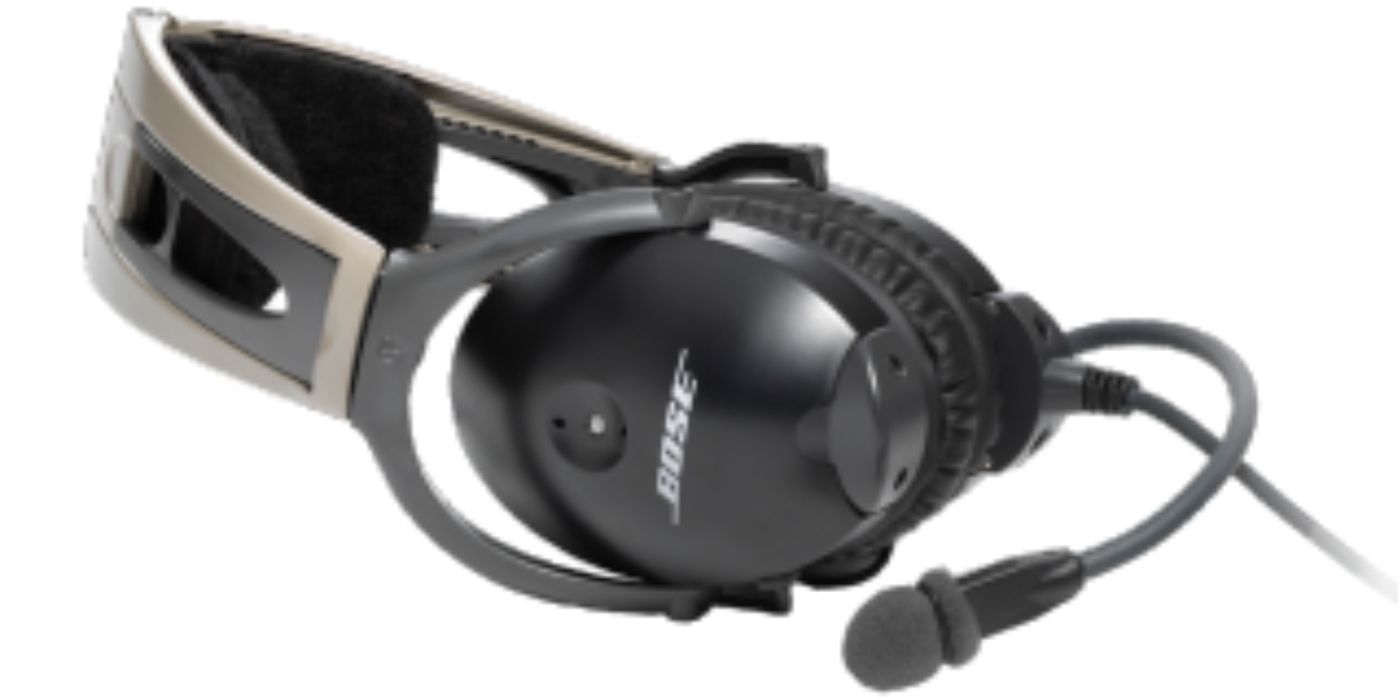
In 1998, Bose released noise-reduction headsets that were originally intended for Air Force pilots. Not only did these headsets produce a great sound, but it also was incredibly comfortable. The exceptional sound quality came courtesy of its TriPort speaker technology that enabled lower bass levels while also being lighter and having a reduced clamp force.
Despite the excellent technology and the unrivaled comfort of the Bose Aviation Headset X, the high price tag, coming in at $1000, held these bad boys back from ever becoming the headset of choice for the average person. While the quality was of the crème de la crème, these headphones probably would not have ranked highly according to price.
Sega Game Gear
Meant to rival the Gameboy, Sega Game Gear was launched in 1990. Proposed as a better and superior video game system than what was on the market, Sega Game Gear bested Gameboy in every way except for battery life, one of the biggest flaws of the Game Gear.
Despite many claiming the Game Gear to be a better product overall, it never became as popular, most likely due to its short battery life and large size.

